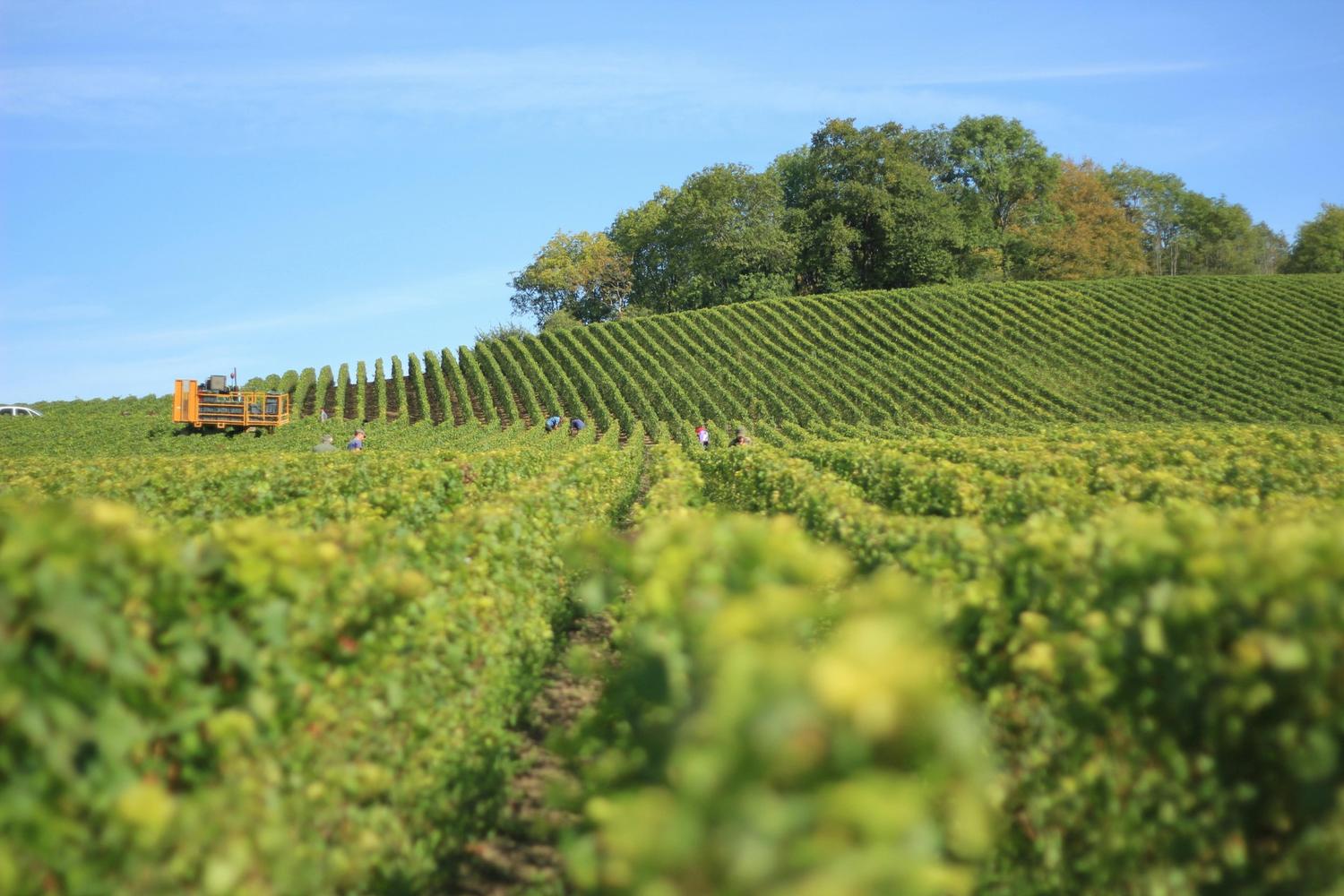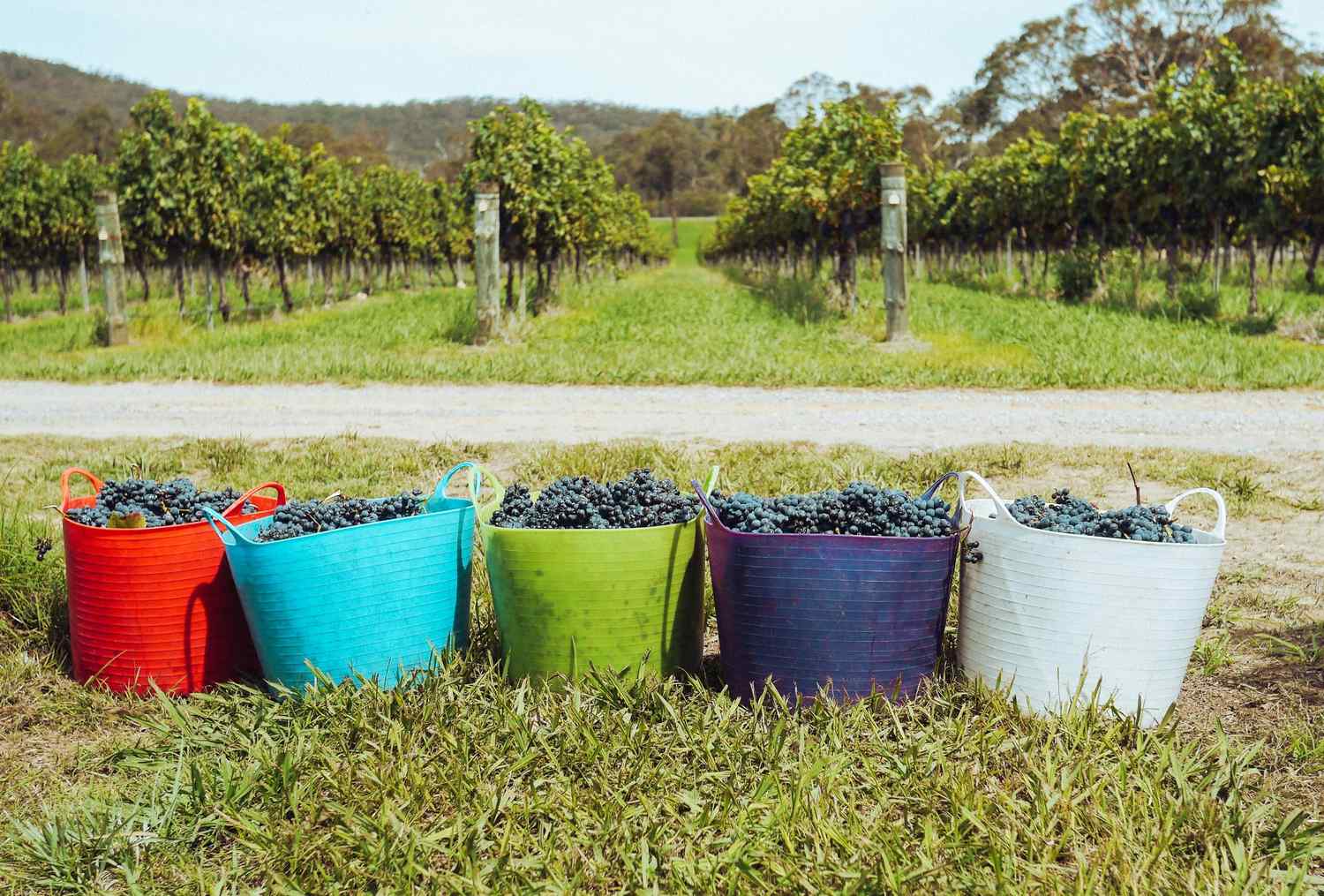Cover Crops and Carbon, The Hidden Value in Vineyard Soil

Introduction: Soil as a Carbon Asset
Every glass of wine starts in the soil. But vineyard soil does more than grow grapes—it can also capture and store carbon. Through regenerative practices like cover cropping, vineyard managers can build healthier soils while actively reducing their carbon footprint.
Cover crops are no longer just a “nice to have”—they’re becoming a central part of climate-smart viticulture and carbon accounting strategies. In this blog, we explore the science behind soil carbon, the role of cover crops, and how wine producers can measure, manage, and monetize their soil carbon gains.
What Are Cover Crops—and Why Do They Matter?
Cover crops are non-cash crops planted between vineyard rows or during the off-season to:
- Improve soil structure and organic matter
- Prevent erosion and suppress weeds
- Support pollinators and beneficial insects
- Increase water retention and drought resilience
- Capture atmospheric carbon and lock it into the soil
Popular vineyard cover crops include:
- Legumes (e.g., clover, vetch) for nitrogen fixation
- Grasses (e.g., rye, barley) for biomass and erosion control
- Brassicas (e.g., mustard) for soil aeration and pest management
The result? Healthier vines, lower chemical input needs, and a measurable drop in net GHG emissions.
Soil Carbon Sequestration: How It Works
Soils naturally store carbon in the form of organic matter, especially when enriched by decaying roots, microbial life, and biomass from cover crops. Over time, active carbon becomes stable organic carbon, which:
- Improves soil fertility and moisture retention
- Reduces nitrous oxide emissions
- Offsets emissions from farm operations
📉 Studies suggest that cover cropping can sequester up to 0.5–1.5 tonnes of CO₂e per hectare per year—a meaningful gain for B Corp certification and climate reporting under SBTi FLAG.
How Vineyards Around the World Are Using Cover Crops for Climate and Quality
Vineyards around the world are leading the charge:
- In Burgundy (France), winemakers use alternating legume and grass mixes to balance vine vigor and biodiversity.
- In Napa Valley (USA), many producers have adopted permanent cover cropping for soil carbon credits and water management.
- In Castilla-La Mancha (Spain), regenerative vineyards are planting native grasses and legumes to reduce dust and increase microbial diversity.
Not only are these producers improving resilience, but they’re also using soil health metrics in buyer negotiations and certification audits.

Measuring the Impact of Cover Crops with Data
Cover cropping delivers multiple agronomic and environmental benefits—but to unlock their full value, wine producers must be able to quantify and validate their impact.
To quantify soil carbon gains, vineyards can:
- Track soil organic carbon (SOC) levels over time via sampling
- Use remote sensing and AI to estimate biomass and residue coverage
- Link cover crop practices to GHG emission factors in their carbon footprint
This enables vineyards to not only track impact, but also turn data into action by verifying it under certifications or crafting insetting programs to reduce impact.
Beyond Carbon: The Biodiversity and Business Benefits
Cover crops don’t just sequester carbon—they bring co-benefits:
- More habitat for pollinators = better fruit set and ecosystem services
- Reduced need for herbicides = lower emissions and input costs
- Improved soil structure = higher resilience to drought or compaction
Plus, communicating cover cropping efforts builds brand value with climate-conscious buyers and consumers.
Key Takeaways for Vineyard Managers
1. Cover crops are a cornerstone of regenerative, low-carbon viticulture
Far more than a seasonal practice, cover cropping is now recognized as a strategic tool for vineyard health and sustainability. It supports regenerative goals by building soil structure, reducing reliance on synthetic inputs, and contributing to long-term ecosystem resilience.
2. They enhance soil health while sequestering meaningful volumes of carbon
Through biomass production and root development, cover crops capture atmospheric CO₂ and store it as stable soil organic carbon. This natural carbon sink not only offsets vineyard emissions but also improves nutrient cycling, moisture retention, and overall vineyard performance.
3. Cover cropping also delivers biodiversity, water, and branding benefits
The co-benefits of cover crops extend beyond carbon. They create habitat for pollinators, reduce erosion and runoff, and contribute to drought resilience—enhancing the vineyard’s overall environmental footprint. These efforts also build a powerful story for consumers, retailers, and investors increasingly prioritizing climate and nature-positive sourcing.
How ODOS Helps Improve the Soil in Vineyards
ODOS helps vineyards transform regenerative soil practices into measurable, reportable climate action. We use high-resolution satellite imagery combined with AI algorithms to detect and quantify ground cover. This allows you to track how your ground evolves over the season, and how it contributes to carbon storage and soil protection.
ODOS makes it simple to turn cover crops into carbon savings:
- 🛰️ We use remote sensing to monitor ground cover, habitat quality, and quantity.
- 🧾 We generate carbon and biodiversity insights for certification and climate audits
- ♻️ We provide mitigation and insetting strategies for better soil health without sacrificing yield
👉 Ready to turn your soil into a climate solution? Book a call with us to get started

Conclusion: A New Layer of Value Beneath the Vines
As climate pressures mount and sustainability expectations rise, cover crops offer vineyards a rare win–win: tangible ecological benefits and a measurable reduction in emissions. By treating soil not just as a growing medium but as a living carbon asset, wine producers can unlock new pathways to resilience, compliance, and consumer trust. Whether you’re preparing for certification, looking to boost your biodiversity credentials, or simply aiming for healthier vines, the power of cover cropping goes deep—literally. And with tools like ODOS, that value doesn’t just stay on the ground—it becomes visible, verifiable, and investable.
